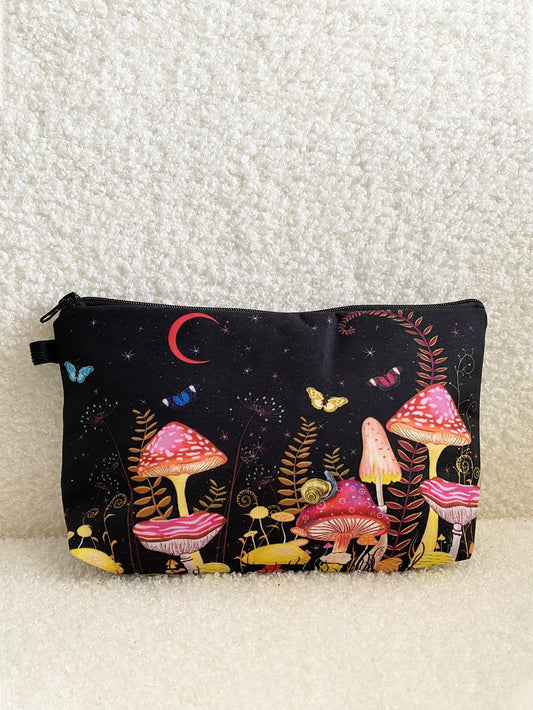Some products like cannabis and herbal supplements have potent scents that need to be kept contained during shipping, storage, and retail sales. Fortunately, there are a number of smell-proof packaging options available that make this a possibility for businesses of all shapes and sizes.
Carbon-lined bags contain a special activated carbon lining that traps odors and keeps contents fresh. They also help to keep powdery mildew and fungus away from stored items.
Compostable/Biodegradable
Eco-friendly trash bags that are certified compostable will break down in a compost pile into natural elements without harming the environment. They must meet certain standards set by the American Society for Testing and Materials (ASTM). These include not releasing any microplastics or taking longer than six months to decompose. Also, the bags should not contain any items that throw off the balance of the compost pile such as dryer lint, pet poop or fish bones.
Biodegradable bags can be made from either traditional oxo-biodegradable plastic or from renewable raw materials like corn, sugarcane and other plant products. They have additives that help them break down in the right conditions. However, they won’t break down in landfills where waste items are buried and lack oxygen.
Sending organic matter like trash bags to landfills is bad for the environment. This is because they produce methane which is a greenhouse gas. They can also be contaminated with dangerous chemicals from the surrounding waste and may not fully decompose.
Reusable
A growing number of consumer products, like cannabis and specialty foods, require high-grade packaging to preserve the product and maintain its integrity. For this reason, Smell proof bags are ideal for these products.
These durable bags typically have an activated carbon layer that absorbs odor molecules, keeping them trapped inside. They also protect the contents from light and oxygen, so they remain fresh for longer periods of time.
Reusable bags can replace hundreds of plastic or paper grocery bags, cutting down the environmental impact from their initial manufacture and disposal. They also reduce the amount of money that communities spend on trash collection and litter cleanup each year.
When left unattended, plastic bags end up blowing in the streets and clogging waterways, where they can cause serious harm to marine animals. Additionally, they don’t biodegrade and eventually break down into microscopic pieces known as microplastics that can infiltrate the environment, affecting wildlife, soil, and human health.
Printed
For businesses looking to make an eco-friendly impact, printed bags are a great choice. Not only do they reduce the amount of waste your business produces, they also help to promote your brand and support the message that you are committed to protecting the environment.
Unlike regular sandwich-style bags, smell proof bags contain carbon that is specifically designed to absorb and hold on to any unwanted odor molecules. This helps to ensure that no odors can escape, even when the bag is opened. Many of these bags also offer additional high-grade barrier properties, such as light and oxygen protection.
This type of packaging is especially ideal for businesses that need to transport odorous products, such as cannabis flowers or other herbal remedies. It also protects sensitive products that are best kept discreet. This can include beauty products, personal care items, or other chemical treatments for skin and hair. These types of products often feature potent odors that may become offensive or even dangerous over time.
Carbon Lined
Despite the negative reputation, single-use plastic bags have the lowest environmental impact when measured over their entire life cycle. Paper, on the other hand, requires a lot of water and fuel to produce and can’t be recycled, while cloth bags are often made from cotton, which is a resource-intensive crop.
A 2011 U.K. study compared the environmental impact of HDPE, LDPE, non-woven polypropylene and cotton bags. Its life assessment looked at global warming potential, depletion of fossil fuels, acidification, eutrophication, freshwater toxicity, marine toxicity and terrestrial toxicity and smog creation.
The study found that a cotton tote bag would need to be used 131 times before it broke even with a plastic bag in terms of environmental impacts. The best option is to reuse any bags you have around the house in as many ways as possible – from storing food, lining wastebaskets, picking up dog poop or stashing wet umbrellas. Then, invest in some high-quality odor-proof bags for your trips outdoors.









































